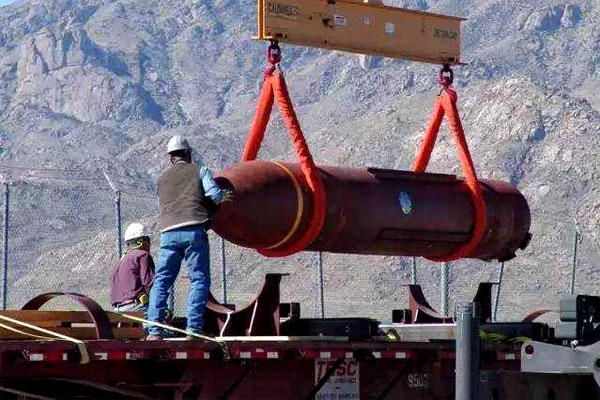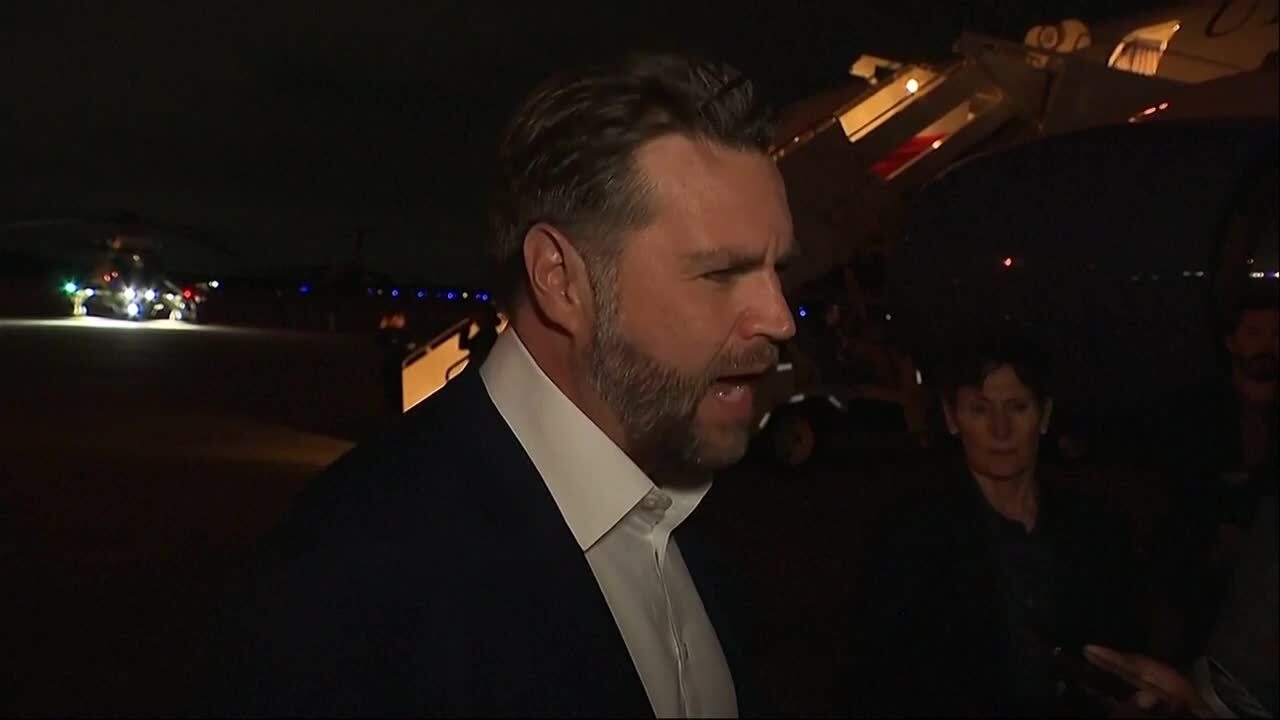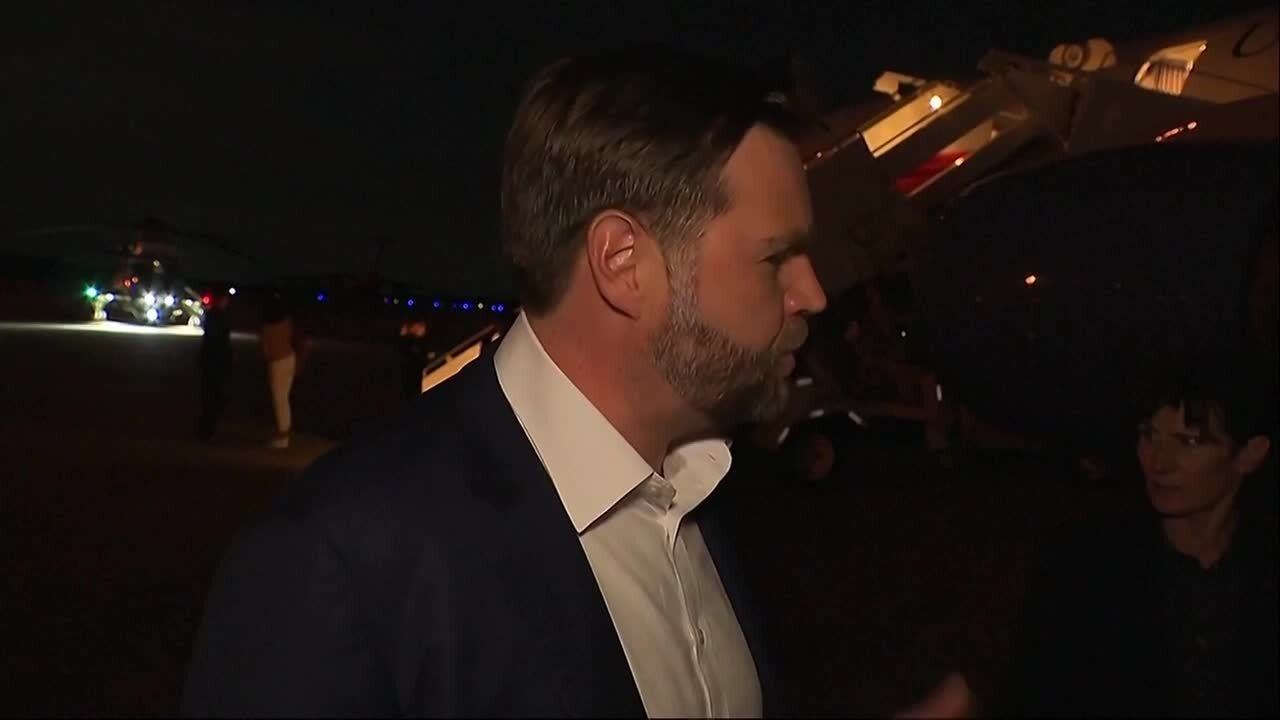A week and a half ago, the most powerful conventional bomb in the U.S. arsenal rolled out the back of a U.S. Air Force MC-130 special operations aircraft lumbering in the skies over Afghanistan.
Marking its first-ever deployment in combat, the 21,600-pound GBU-43 Massive Ordnance Air Blast (MOAB) -- nicknamed "mother of all bombs" -- dropped from the cargo plane to a specific location in the Achin district in Nangarhar province in the eastern part of the country, where militants affiliated with the Islamic State of Iraq and Syria's branch Khorasan, or ISIS-K, had amassed in a tunnel complex.
The strike killed at least 94 militants, a U.S. military official said, and reportedly two civilians, an Afghan parliamentarian told The Guardian. The bombing made headlines around the world as an example of American military might. Observers said it also sent a message to potential adversaries, such as North Korea, that U.S. commanders under President Donald Trump are more willing to deploy deadlier weapons.
Yet questions remain over the bomb's future use and cost. Experts have questioned MOAB's estimated price tag of $170,000. In terms of explosive yield, a B-52 bomb load can pack the same punch, if not more. And the Air Force has a limited supply of the munitions, which were built in-house with various pieces and parts shortly after the war in Afghanistan began in 2001.
"It's basically a frankenbomb," one official said.
Most Powerful, Not Biggest
To be clear, the Air Force's Massive Ordnance Air Blast, or MOAB, bomb is not the same as its GBU-57A/B Massive Ordnance Penetrator, or MOP.
As the name states, the MOAB is an air blast munition, intended to hit above a soft-to-medium surface, like a cave, with a penetrating air burst. The MOP, on the other hand, is a bunker buster bomb meant to take out hard, deeper-rooted areas such as bunkers.
The MOAB weighs nearly 22,000 pounds, while the MOP is much larger at 33,000 pounds, so it's technically the biggest non-nuclear munition in the arsenal. But the former carries 18,000 pounds of explosives, equivalent to about 11 tons of TNT, compared to the latter’s 5,300-pound warhead.
The MOAB ejects from the back of a cargo plane and uses fins for navigation. By comparison, the MOP is a GPS-guided munition designed for bombers like the B-2 Spirit and has never been used in combat.
"The use of that weapon for that complex [area] is an outstanding idea," T. Michael "Buzz" Moseley, a retired Air Force general and the service's former chief of staff, told Military.com. The staff at Combined Forces Air Component Command "spend amazing amounts of time mitigating collateral damage and blast effect," he said.
Made in the USAF
The Air Force has said each MOAB costs roughly $170,000, which is relatively cheap compared to other munitions.
But that figure is a historical unit cost generated in the mid-2000s, a defense official told Military.com. The official said an expert in the Air Force Research Lab, a key developer in the making of the MOAB, generated the value based on already existing parts, such as the bomb casing and metals.
The Air Force also didn't pay for outside research since the service developed, built and tested the bomb. "These munitions were built in-house, so we don't have a standard procurement cost associated with them," according to Air Force spokeswoman Erika Yepsen.
That means it wasn't part of a typical procurement program and thus its cost wasn't estimated in past Defense Department budget documents.
Dynetics Contract
The Pentagon contracted with Dynetics Inc., as previously reported by DefenseOne, to develop the bomb's grid fin technology -- controllable fins to accurately maneuver the bomb to within less than eight meters of the intended target.
According to a 2014 report submitted to the Senate Appropriations Committee, the Air Force Research Lab came to the Huntsville, Alabama-based company in 2002 with $35,000 to develop a concept for the "lattice fin" technology for the bomb.
A spokeswoman for Dynetics on Tuesday said she couldn't comment on the work and referred questions to U.S. Central Command. When asked if the estimated costs included the fins, Air Force officials said they weren't sure.
An auditor could appraise the per-bomb cost in the current stockpile, but officials said the precise number of MOABs -- reportedly 15 -- and their storage locations are classified.
'Not a Real Program'
Todd Harrison, a defense budget expert at the Center for Strategic and International Studies in Washington, D.C., described MOAB as a "crash project" by the Air Force after the Sept. 11, 2001, terrorist attacks to develop a munition to target al-Qaida and the Taliban in Afghanistan.
"It was an adversary with uncertain tactics on unfamiliar terrain, so we were willing to try just about anything," he said. "The war did not go as expected -- we never thought we would still be there 15 years later with no end in sight -- and it turned into more of an occupation and counter-insurgency operation than a counter-terrorism operation."
Harrison said building the MOAB "was a quick turn effort to meet an urgent need and was not a real program. The Air Force acted as the system integrator, and they only built 15."
Based in part on technology from Soviet-era intercontinental ballistic missiles, the MOAB was tested at Eglin Air Force Base in Florida in 2003. But until last week, it had never been used in combat.
To start building the bombs again, the Air Force "would basically be starting over" because many of the old parts probably aren't available and newer ones are, Harrison said. Re-starting production of the munition is unlikely, given its relatively low demand and higher anticipated unit costs due to a decade-and-a-half of price inflation and new design and testing.
Psychological Operation
Harrison added, "In some ways, the development and fielding of these bombs is a form of signaling and conventional deterrence. The fact that these bombs exist and were developed quickly may give potential adversaries pause and complicate their decision making."
Moseley, the retired Air Force general, agreed. Strategically, "You're looking for an effect for a wider area," he told Military.com. "Plus, the blast effect of the weapon itself ... also sends a certain psychological message to your opponent and enemies who are watching."
Moseley, who commanded 9th Air Force and U.S. Central Command Air Forces between 2001 and 2003 -- at a time when the U.S. had forward-deployed the BLU-82B Daisy Cutter bomb (MOAB’s predecessor) -- didn't say why commanders chose to use the MOAB rather than the MOP to strike the ISIS cave in Afghanistan.
"I don't know what the inventory is in theater ... for those class weapons, but there is a limited number of each" to begin with, he said.
Cost may have played a role.
The Air Force budgeted $572 million in research and development funding and $43 million in procurement funding for 28 bombs under the MOP program from 2009 to 2017, Harrison said, which comes to about $21.9 million per bomb.
'Many Munitions'
Timing may have also been a factor, Moseley said.
"What's the timeline to bring something else into theater relative to the effect they wanted to create at that particular time?" he said. Perhaps it's as simple as, "the situation on the ground, maybe everything was ready for an easy match to [using] this weapon," he said.
Air Force officials also haven't spelled out why the MOAB was chosen over a B-52 Stratofortress, which according to Jeffrey Lewis, a professor at Middlebury College and self-described "arms control wonk," offers similar destructive power when carrying more than 50 750-pound bombs.
Yepsen, the Air Force spokeswoman, said, "We have many munitions. We will use the appropriate ones for the appropriate targets."
-- Oriana Pawlyk can be reached at oriana.pawlyk@military.com. Follow her on Twitter at @Oriana0214.
Related Video:





























